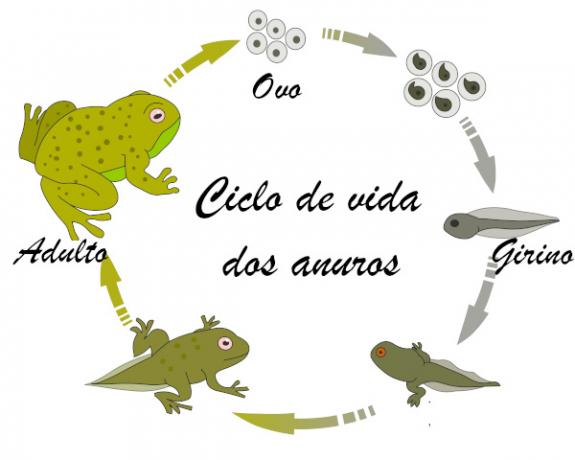We know that the plants, unlike some animals, are unable to move or manipulate any object. However, they can perform small movements, as we'll see below.
O tropism is the name given to the growth of a plant guided by an external stimulus. This can be seen, for example, in plants that grow towards the light. This specific type of tropism is called phototropism.
O phototropism can be demonstrated experimentally quite simply. To carry out the experiment, just place a growing plant inside a box and make a small hole to let in light. In time, you will notice that the plant will grow towards the lighted region.
Plant growth is also guided by gravity. Usually the roots grow towards the center of the earth, while the stem grows in the opposite direction. This form of tropism is known as gravitropism or geotropism.
O gravitropism it can also be demonstrated experimentally. To do this, just place a pot with the plant in a horizontal position. Over time, the stalk bends upward, away from the force of gravity.
In addition to phototropism and gravitropism, there is the tigmotropism. This movement is observed in climbing plants and in those that have tendrils, such as passion fruit, which wrap themselves around certain structures.

At Dionea it is possible to observe a movement known as nastic movement
Some plant movements do not cause plant growth as in the case of tropism. You nastic movements, for example, occur without guidance from an external factor and do not influence plant growth.
A clear example of nastic movements occurs with the sensitive (modest mimosa), a plant that closes its leaflets after a small touch. Another example of nastic movement is verified in carnivorous plants (Dionea sp.), which close their leaves when they feel the movement or touch of possible prey. In addition to touch, variations in light and heat can also cause plant movement, such as opening flowers.
These plant movements, despite appearing to be unimportant, are essential for the survival of a species. They set up a important adaptation of plants to the environment.
By Ma. Vanessa dos Santos



